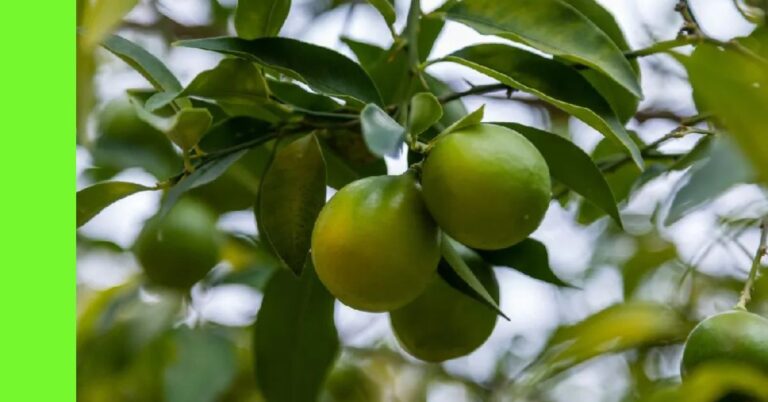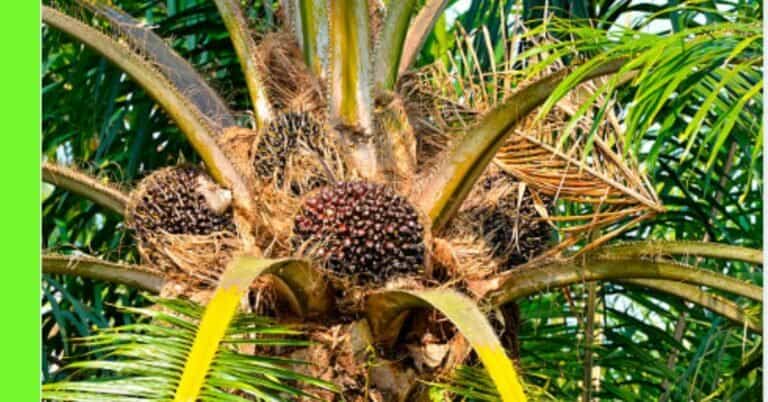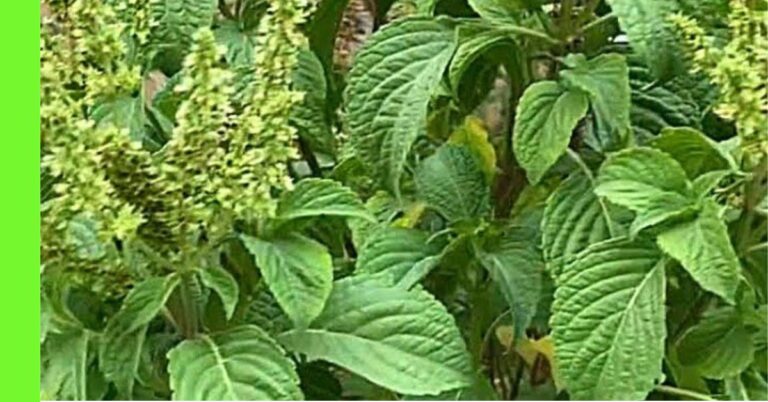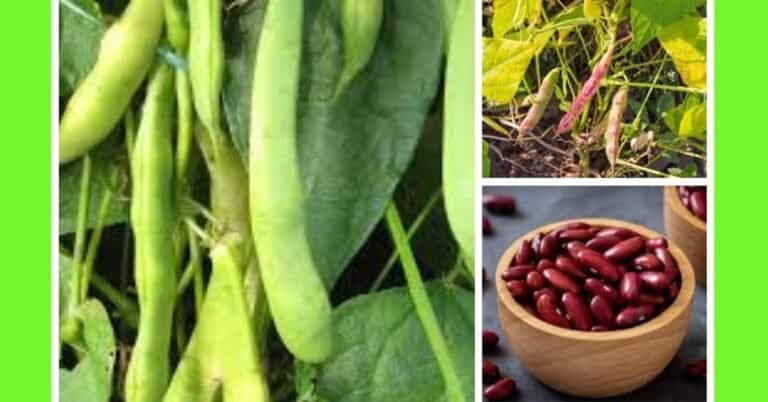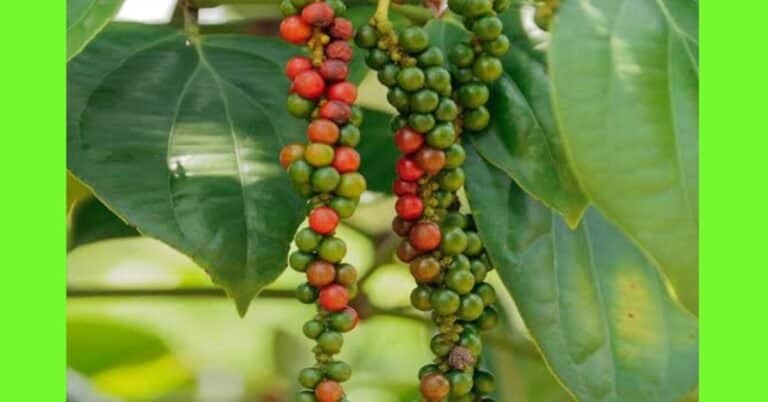How To Plant Pomegranate In Nigeria: A Step-By-Step Guide
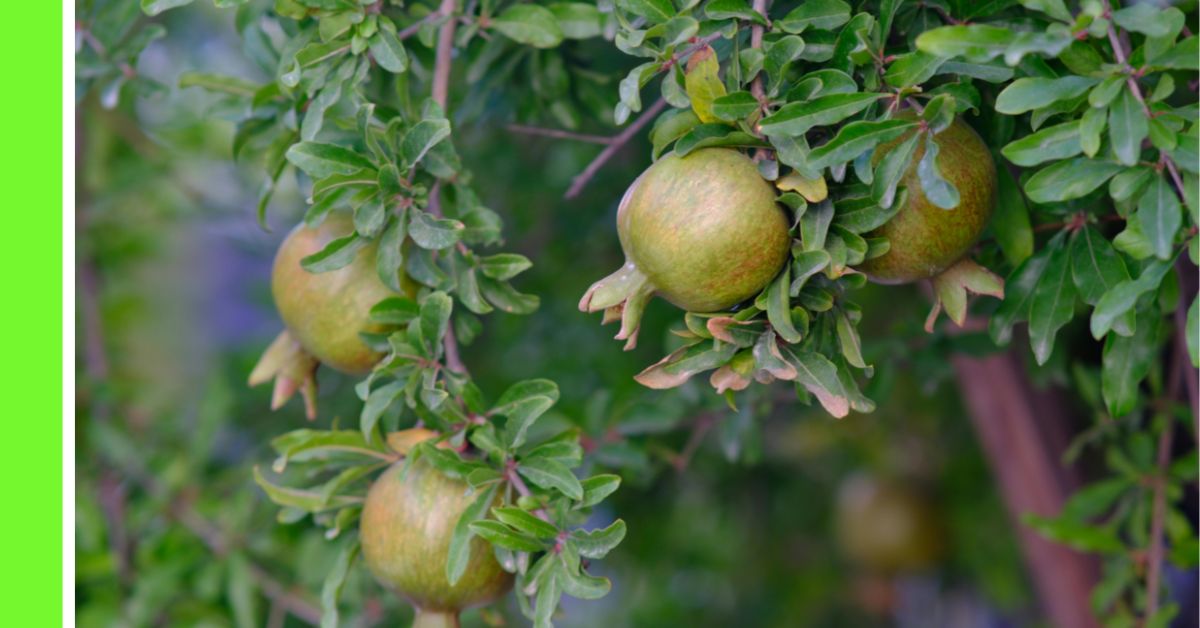
Pomegranate (Punica granatum) is a drought-tolerant, hardy fruit plant known for its juicy seeds and medicinal benefits.
In Nigeria, it can be cultivated successfully in the drier regions with well-drained soil and adequate care.
This guide provides a comprehensive overview of how to grow pomegranate from seed to harvest, including land preparation, pest control, and expected yields.
Description of the Pomegranate Plant
The pomegranate is a deciduous shrub or small tree that can grow up to 5–10 meters tall.
It has multiple stems with thorny branches and bright green, glossy leaves.
The plant produces attractive orange-red flowers, which eventually develop into rounded fruits with thick reddish skin.
Inside, the fruit contains numerous juicy seeds (arils), each surrounded by a fleshy pulp.
These arils are rich in antioxidants, vitamins C and K, and are highly sought after for their health benefits.
Pomegranate thrives in tropical and subtropical climates and is well-suited to the dry savannah and northern parts of Nigeria.
The plant prefers full sun and well-drained soil, making it a good candidate for areas with limited rainfall or irrigation.
The Planting Season for Pomegranate
The best time to plant pomegranate is at the beginning of the rainy season, typically between April and June.
Planting during this period ensures adequate moisture for seed germination or transplanting.
In areas with irrigation, pomegranate can be planted at other times of the year, but rain-fed farming should align with the natural rainfall pattern to reduce water stress.
Planting Pomegranate
Step 1: Choose a Location
Select a site that receives at least 6 hours of direct sunlight daily.
Pomegranate trees need full sun to fruit abundantly.
The soil should be loamy or sandy-loam, well-draining, and not prone to waterlogging.
Avoid clayey or poorly-drained soils.
Step 2: Land Clearing and Preparation
Clear the land of existing vegetation, stones, and weeds.
Till the soil to a depth of about 30 cm to loosen it and allow root penetration.
If the soil is acidic (below pH 5.5), apply lime to correct it.
Raised beds or ridges can be created to improve drainage, especially in flat or heavy soils.
Dig planting holes at least 30 cm wide and 30 cm deep, spaced 4 to 5 meters apart in rows that are 5 to 6 meters apart.
This spacing gives enough room for canopy spread and air circulation.
Step 3: Means of Propagation
Pomegranate can be propagated by:
- Seeds
- Cuttings (semi-hardwood or hardwood)
- Air-layering or grafting
For commercial farming, propagation by cuttings or grafted plants is recommended because it maintains the genetic quality and yields of the parent plant.
However, for small-scale or experimental planting, seeds can be used.
Step 4: How to Plant a Pomegranate from Seed
To plant a pomegranate from seed:
- Extract seeds from a mature fruit and wash off the pulp.
- Dry the seeds for 1–2 days in the shade.
- Sow them in nursery seed trays or small pots filled with loamy soil or compost mix.
- Water lightly and place the tray in a warm, sunny spot.
- Germination occurs within 2–4 weeks.
Once seedlings are about 15–20 cm tall and have at least 4–6 true leaves (around 8–10 weeks), transplant them into the prepared holes in the field.
Add compost or well-rotted manure to each hole before planting.
Gently firm the soil around the seedlings and water immediately.
Step 5: Watering
Pomegranate is drought-tolerant but benefits from regular watering, especially during the first year of establishment and fruiting.
- Water young plants twice a week in dry conditions.
- Mature trees can be watered once every 7–10 days, depending on the rainfall and soil type.
- Avoid overwatering, as this can cause root rot or split the fruits.
Drip irrigation is recommended for large plantations to conserve water and ensure even distribution.
Step 6: Apply Manure
Organic manure or compost should be added during land preparation and periodically throughout the plant’s life. Apply:
- Compost or well-rotted cow dung at planting (about 5 -10 kg per planting hole).
- Topdress with NPK 15 -15 -15 or NPK 12-12-17+2Mg every 3 – 4 months in small quantities (about 100g per plant in the first year, increasing as the plant matures).
- Add wood ash or potassium-rich fertilisers to enhance flowering and fruiting.
Avoid excessive nitrogen, which promotes leafy growth at the expense of fruit development.
Maturity and Harvest
Pomegranate trees grown from seed take about 3 to 5 years to bear fruit, while trees propagated from cuttings or grafts can start fruiting in 2 to 3 years.
Fruits mature around 5–7 months after flowering.
Harvest when the fruits turn deep red and make a metallic sound when tapped.
Overripe fruits may split, while unripe fruits are sour.
Harvest with a sharp knife or pruner to avoid damaging the stem.
Each mature tree can yield 50–100 fruits annually, depending on variety and care.
Pests and Diseases
Common pests include:
- Aphids: tiny insects that suck sap from leaves and shoots.
- Fruit borers: larvae that bore into fruits.
- Whiteflies and mealybugs: cause stunted growth and sooty mould.
Diseases include:
- Anthracnose: causes black lesions on leaves and fruits.
- Root rot: due to waterlogging or fungal infection.
- Leaf spot: a fungal disease causing yellowing and falling leaves.
Pest and Disease Control
- Cultural control: Keep the field weed-free and prune dead or infested branches regularly.
- Biological control: Introduce beneficial insects like ladybugs to control aphids.
- Organic methods: Spray organic pesticides like neem oil or garlic-papaya solution to deter pests naturally.
- Chemical control: Use insecticides and fungicides, only as needed and according to label instructions.
Avoid spraying during flowering or just before harvest to protect pollinators and consumers.
Bonus: Yield Estimation
What Quantity of Pomegranates Can I Harvest from a Plot?
If planted with 5m x 5m spacing, you can grow around 18–20 pomegranate trees on a standard plot (465 m²).
- If each tree produces 50–100 fruits annually, that equals 900 to 2,000 fruits per year per plot.
- Each fruit weighs around 250–400g, so the total yield ranges from 225 kg to 800 kg per plot annually.
With proper care, pomegranate farming in Nigeria can be a sustainable and profitable venture.
It requires patience, but the long-term yield and market value make it a worthwhile investment for both home gardeners and small-scale farmers.
Hope the article was helpful.

